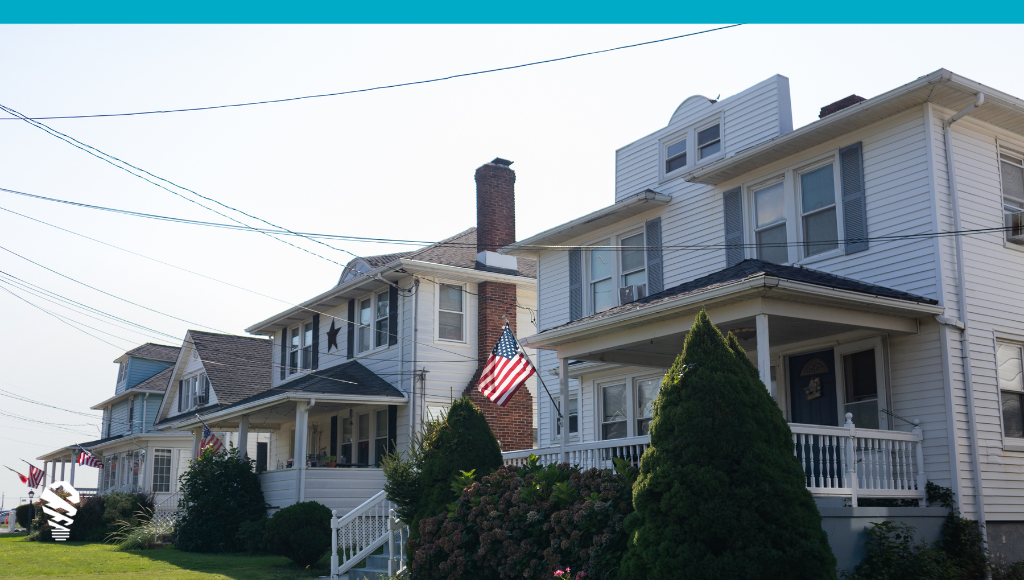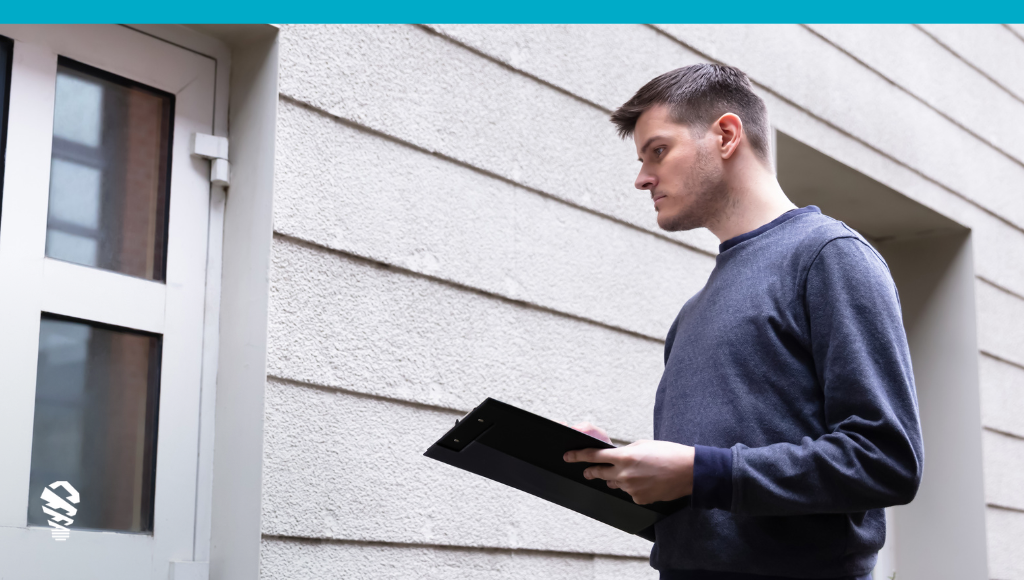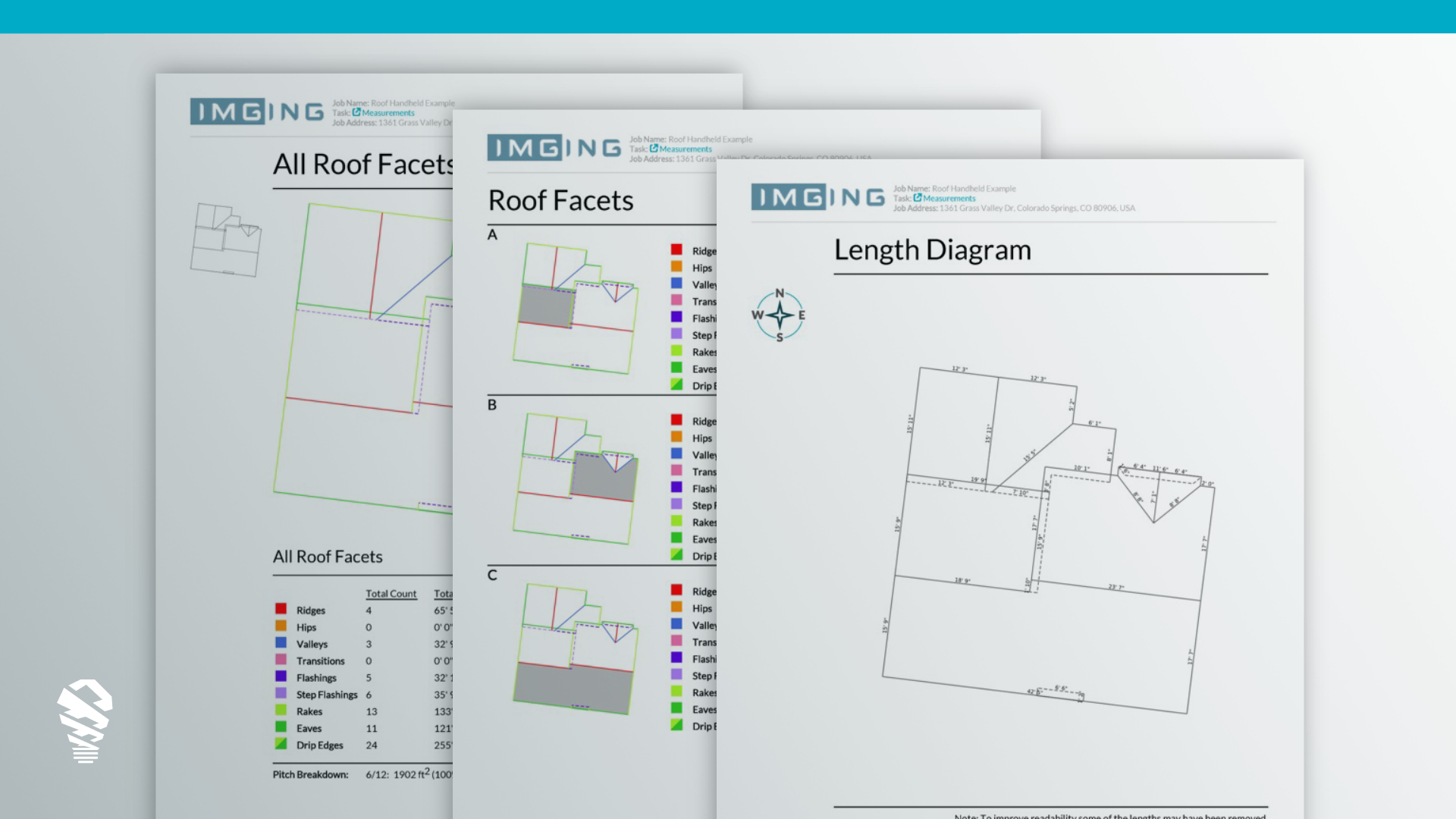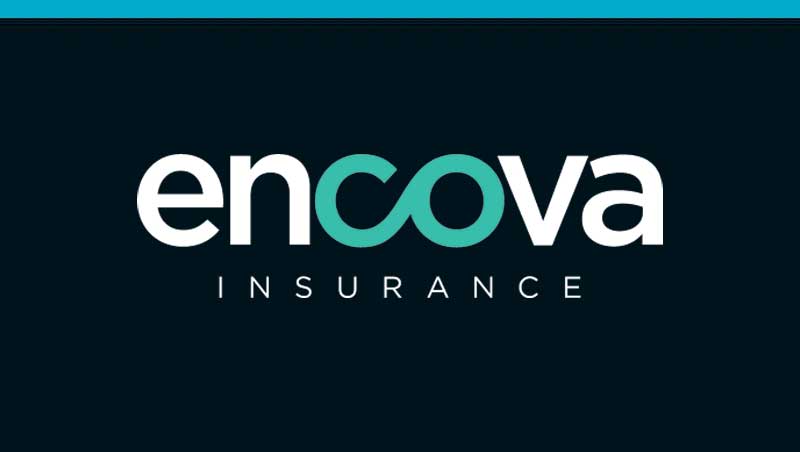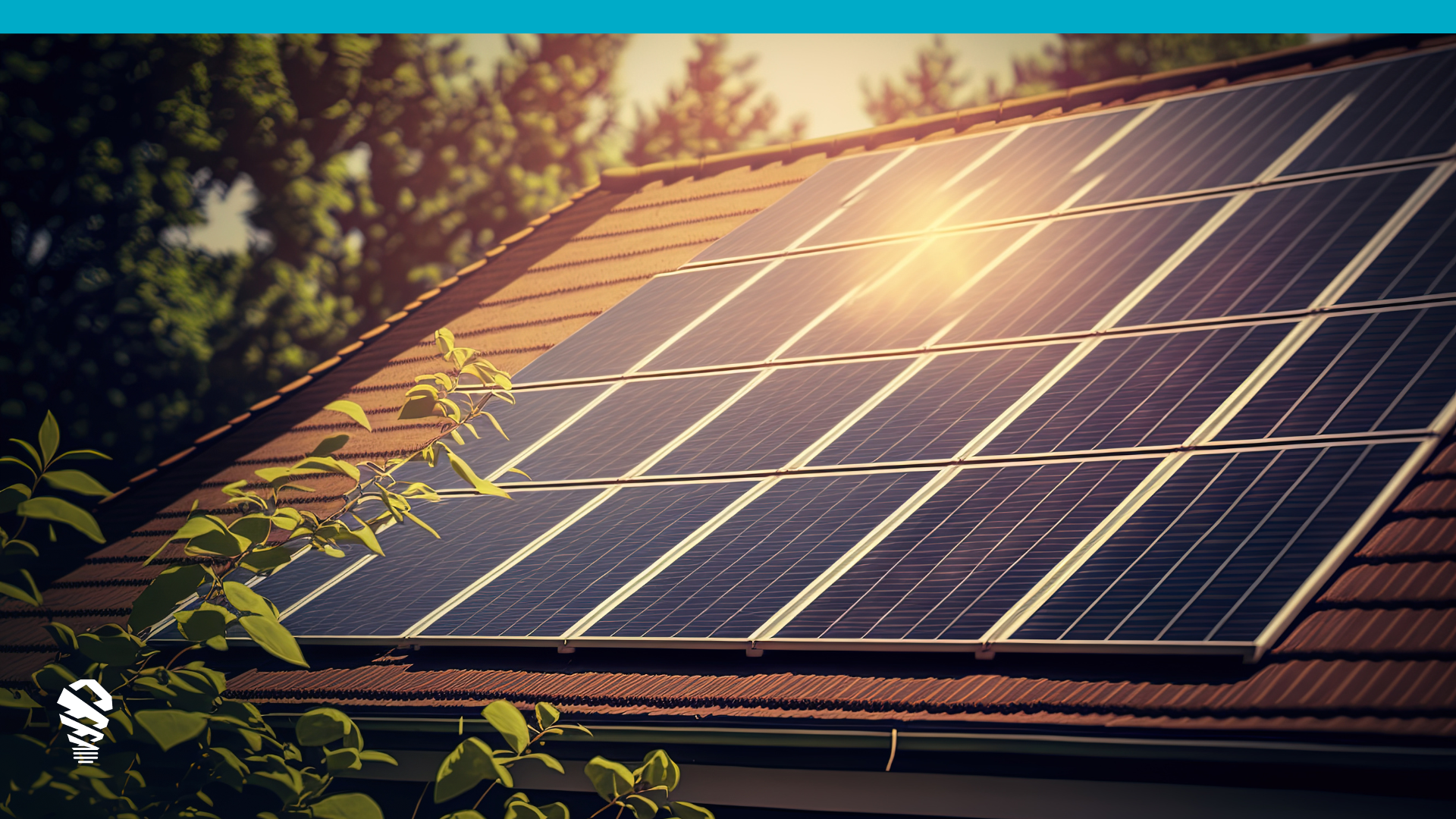There are plenty of reasons to believe in the drone hype when you start to count up all the benefits. Faster roof inspections, better safety, and a new way to produce polished estimates to help you win more work are just a few of the key reasons to use them. If you’re interested in drone tech for your roofing business, you may wonder exactly where to start. There are lots of ways to get in the sky, but what types of things should you look for as you’re searching? Here are a few key things.
Ease of Use
If you’re new to drones, you’re probably not an experienced pilot, which means whatever you use needs to be intuitive and easy to use, whether you’re flying on your own or using a drone that flies autonomously. Be sure to understand how easily you can use the solution because some are far more complex than they need to be. Also remember that the drone flight itself is just half the story. Flying a DJI or other drone out of the box might allow you to get some basic photos, but it won’t be very helpful providing things like measurements, which leads us to our next section.
Advanced Features
A simple drone and a drone solution built for roofing are two different things. If you can’t use a drone to gather images and measurements to churn out some quick, accurate estimates, what’s the point? Let’s not forget a drone needs to be a tool as useful to you as your tape measure and calculator. When you’re considering options, these are advanced features that can make your life easier, and indeed, are essential to making drones effective for roofing estimates. Note that a regular out-of-the-box drone you grab from the big box store won’t do these things by itself. You’ll need to find a provider that combines hardware and software that tailor the experience to your needs as a roofing professional. In any case, here are some questions to ask about various features.
- Flight Controls – Does the solution let you build flight plans so the drone can fly itself or is flight completely manual? Is it a hybrid that allows you to take over when you need to take a closer look at something? Consider how you’ll fly and note that manual flight is incredibly limited – flying and getting great photos at the same time is tough, but many solutions allow a drone to fly itself, and gather images all on its own, which means you simply have to watch the drone do its work.
- Image Management – How easily can you browse images? Does the solution in any way aid your ability to find materials or roof damage? Does it offer a quick way to bundle images together in a report you can share?
- Measurements and Estimates – Does the solution allow you to gather measurements of various facets? Can you find slopes? Are you able to create 3D models and easily browse them? How does the solution aid you in turning measurements into solid estimates you can send to customers? Does it give you a way to turn your estimate into a pick list for your local vendor?
Training Options
As noted, any solution you choose should be easy enough for anyone to use, but you shouldn’t be left in the dark if you have questions about the technology, so be sure to ask about training resources. In addition to training on the solution itself, remember that any commercial drone pilot must be certified by the Federal Aviation Administration. Obtaining a remote pilot certificate (i.e. becoming Part 107 certified) isn’t difficult, but it’s much easier if you have quick access to training options. Many solution providers will include access to Part 107 training to make it the path to certification dead simple. Be sure to ask about training when you begin vetting vendors.
Price
The cost of a drone solution can vary greatly. A basic off-the-shelf drone can cost anywhere from a couple hundred dollars up to many thousand. If you’re looking for the more advanced features in a roofing-specific solution, you could be anywhere from a $3K up to around $40K (yes – you’d be deciding whether to buy a truck or a drone), and you may have things like subscription fees and costs for reports on top of that. Note that in general, a solution built on existing drone technology (such as a DJI platform) tends to be much more inexpensive, while those that take hardware building in-house tend to be a pretty lofty investment. Price shouldn’t be your only concern, but as we noted, a drone is a tool – it’s not a new sports car. More cost doesn’t mean it’s more useful.
Conclusion
The items above should give you an idea of the types of questions to ask as you talk with vendors but remember that service counts too. Responsiveness and individual attention matter. If you begin using a new tool, you need to know you can rely on the tool and the people behind it. You need to get your work done quickly, which means you should get support quickly. Lastly, the best way to get to know a tool is to look at it closely, and even try it yourself. If you find a solution that might be a match, don’t hesitate to sign up for a demo or even start a pilot program to see how their technology might improve your processes. In no time, you’ll by inspecting more homes, sending more bids, and winning more business, all thanks to the power of drone tech.


